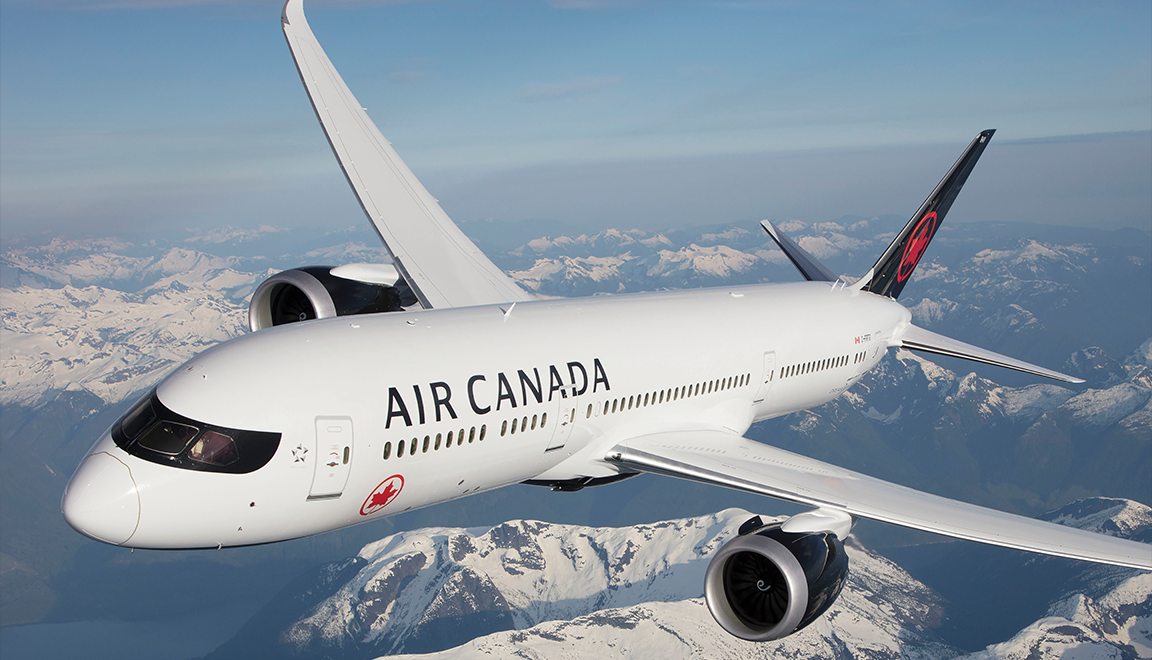Hong Kong is an important operation for Air Canada, with twice daily flights: one to Vancouver, and the other to Toronto. Although there’s no immediate plan to increase frequencies: “We are always reviewing our schedules to optimise market opportunities,” continues Tim. “We can switch aircraft if necessary, between the 787 and 777. The latter is ideal from a cargo point of view; typically we look at around 15 tonnes per flight.
“I don’t look at Hong Kong as an independent station; I look at it along with Shanghai, Beijing and Taiwan as the Greater China region, which together makes up over 50% of my revenue.” Tim says that his company will pay ever more attention to the Chinese markets in the future but, as a passenger carrier, it is primarily led by passenger market demand.
Outbound from Hong Kong, flights are predictably carrying retail and general consumer goods, IT equipment, and garments. Inbound flights carry high end perishables: large quantities of fresh seafood, and in particular lobsters from Halifax, Nova Scotia. Perishables, indeed, is one of the products Tim sees as bringing more value to the company: “I am seeing a big increase in demand from the China market for seafood; Hong Kong by comparison looks stable, but that’s really because it’s limited by our capacity.”
Of the recently-opened Hong Kong-Zhuhai-Macao Bridge, Tim says: “The Bridge will definitely provide more avenues; and we will still be using Hacis (which operates a bonded RFS network between Hong Kong and nine Chinese mainland cargo depots). This will open up a lot more opportunities in moving goods into China, subject to Hacis’ own plans and what they might be able to offer Air Canada in future. We have a very strong connection to them,” he adds.
Speaking of his airline’s relationship with Hactl (its handler in Hong Kong for the past 21 years), Tim remarks: “Hactl is very versatile and caters well to the airlines’ and market’s needs. The management team there is very ‘hands-on’ and practical, which I really enjoy. They maintain very active communications with customer carriers like us, and work closely with us to monitor how the market is changing, and how to adjust their services to cater for changing needs. I have great confidence in them.”












